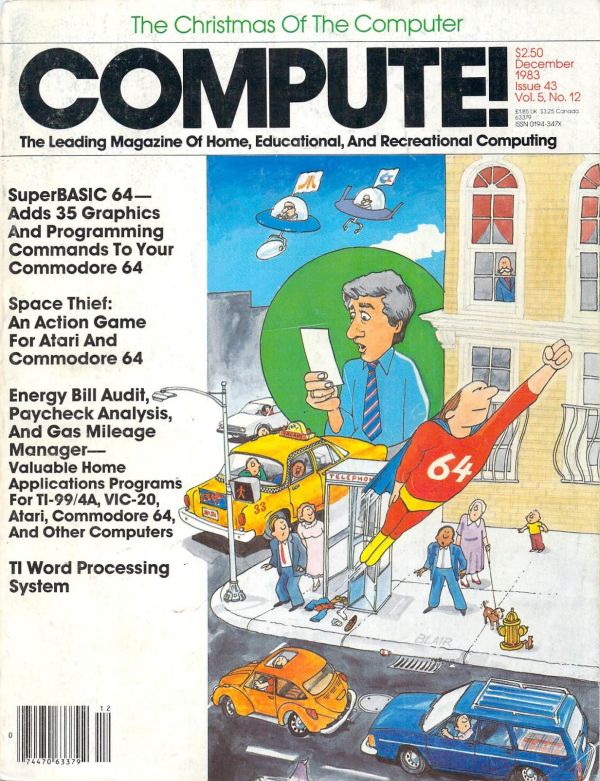How I Chose to Upgrade to a Commodore 64
In the mid-1980’s, I’d owned a used TRS-80 Model I for about a year when I had a yearning for a newer system. I only had cassette-based storage which proved to be unreliable. I had a 16K machine and I had a few games and tools for the TRS-80. I learned Z-80 assembly language and I was having a lot of fun tinkering, but that particular line of computers had met its end.
I wanted something new. I wanted something with disk-based storage along with sound and graphics capabilities. I had my sights set on getting an Apple II system. I started learning 6502 assembly language on the Apple II’s at school. I was in an independent-study computer course for the school’s Chemistry teacher, Ms. S. She had a couple of Commodore PETs and a Commodore 64 in her classroom.
I did work on the C64 for her. I wrote a few quiz games for her classes and I hacked up a program that had some subroutines to display letters in a large font, turning it into a teleprompter application. She was a member of the local C64 users group. She regularly brought in magazines … primarily the Compute! publications and the TPUG (Toronto PET Users Group) magazine.
I used the C64 every day, but it really didn’t take my mind off of getting an Apple II … until Ms. S brought this magazine into the classroom:

In that issue was a type-in program called SuperBASIC 64. It was a program that enhanced the existing Commodore BASIC 2.0 with 37 new commands including some changes to a few existing commands. I had mistakenly thought that the C64 was incapable of supporting graphics outside of sprites and programmable character sets. Boy, was I wrong. SuperBASIC had a number of graphics commands including point-plotting and line-drawing. Ms. S had the companion disk that went along with the magazine, so I tried this out right away.
I had a lot of fun with that supplement to BASIC. It may sound odd, but this article opened my eyes to the potential of the machine. Not only did it demonstrate the graphics and sound capabilities, but it explained that it copied the BASIC ROM to underlying RAM and then modified it. I thought this was a very clever approach. I had never heard of ROM’s with RAM mapped to the same space, but other computers incorporated this design, too.
I bought my C64 as the school year ended. I used the Commodore line for several years while learning about computing.
If you’d like to read the original article about SuperBASIC 64 from the magazine, you can read it here:
https://www.atarimagazines.com/compute/issue43/185_1_SuperBASIC_64.php